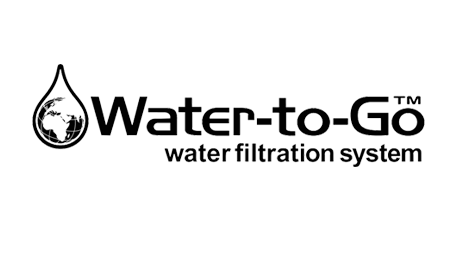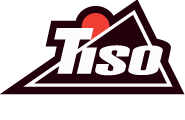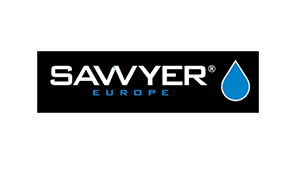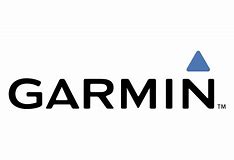
Whilst many were celebrating VE day in 1945 there was still a considerable force fighting in the Far East. What does this have to do with survival YOU MAY ASK?
Well then Jungle warfare is not easy, and the Jungle is a difficult environment, but it can also be your friend as much as being your enemy. From a survival point of view, it is rich in resources to make shelter, fire, provide food and water. You just need to know what you are doing!!

The ribbon in the picture is for the Burma Star that everyone who served there received along with other campaign medals. More commonly known as the Chindits.
Now water would have been an abundant source in the jungle due to the rains and vast water courses running through it. Would the water have been safe to just drink? Well as with anything you must weigh up the risks and make the decision, but in all circumstances, they would have had to filter it and then treat it.
A mug or mess tin would have been what they would have carried in the later stages of the war. The one in the picture is a 44-pattern water bottle mug and the date on it is 1945 and I have been using it for years. This can be used to boil the water after filtration which will
remove all the nasties, but a section of bamboo could also have been used. The following item was developed during WW2 and was primarily designed for the jungle environment.

It is of course the Millbank Bag and is still in service with the military today and still used by special forces in the jungle (as well as others). The bag is small and can be carried on the person with ease. Although they are slower than modern conventional items there are less bits to break!
How do you use one properly? Well that is the best bit it is simple to use. The drill is:
- Soak the bag;
- Fill the bag with water to the top (above the black line);
- Hang up the bag;
- Allow the water to run down to the black line;
- Filter the water through the bag into a water bottle or receptacle (44-Pattern mug). This removes most of the suspended matter and makes the water clear. It does not kill germs.
- If the bag is working properly it should take approximately 20 mins to fill a 1 litre water bottle;
- Add a purifying table to the bottle and follow the instructions on the packaging or;
- Boil the water

So, the fact that such an item is still in use to this day after 75 years and still producing the goods is a good thing. Plenty of companies have come up with their own version of this but the one in the picture I have had for years and has been used extensively in Africa with results being tested by Environmental Health Technicians and coming up as the same as UK tap water standard. My point? Don’t always buy the latest bit of kit as it may not always be that great and sometimes tried and tested items often provide better results.














 Message an Instructor now
Message an Instructor now